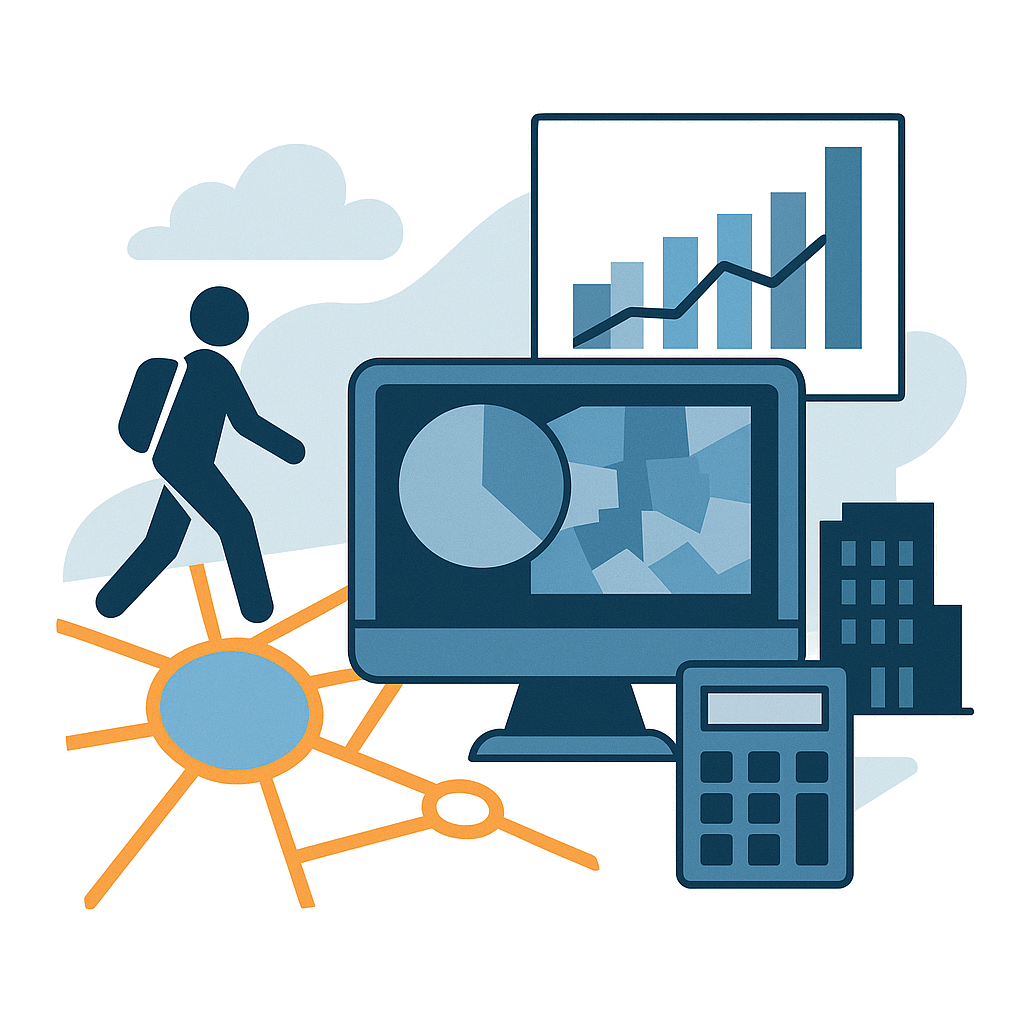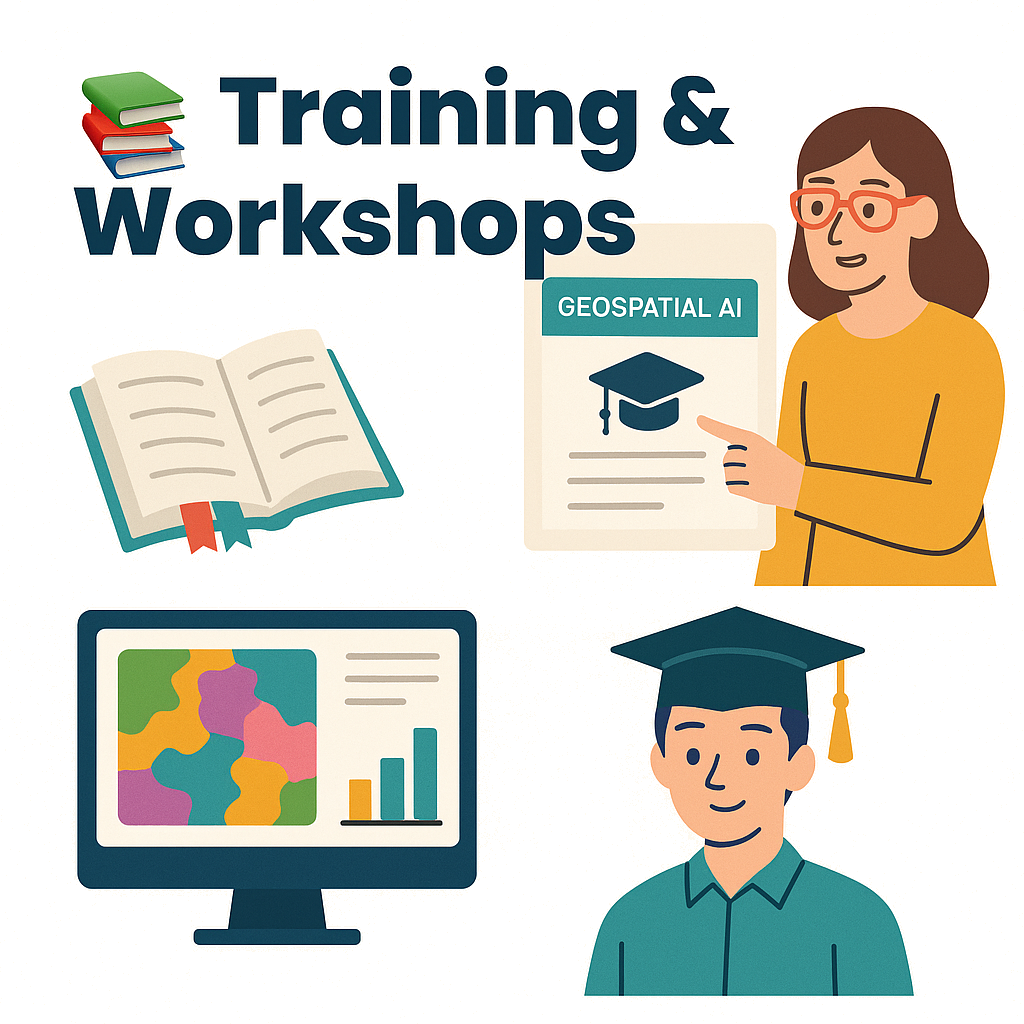Geospatial Consulting Services
🔧 Geospatial Tools & Development
We offer custom development of open-source geospatial analysis pipelines, leveraging Python scripting for spatial data automation using sources like OpenStreetMap and Google Earth Engine. Our work includes web scraping, geospatial data mining, and the integration of these processes into scalable workflows via Google Colab. We also design dynamic webmapping platforms and interactive dashboards to visualize urban data in accessible and impactful ways.

🧠 AI & Machine Learning for Urban Analysis

We deploy vision-language models for automated streetscape evaluation through tools like SAGAI, enabling the interpretation of street-level imagery using AI-generated prompts. Our work includes zero-shot classification of urban environments, allowing flexible and scalable analysis without retraining. Additionally, we specialize in training and tuning decision-tree models for morphological classification, as well as performing semantic segmentation on urban imagery to extract meaningful spatial features for further analysis.
📊 Urban Accessibility & Planning Analysis
Urban Accessibility & Planning Analysis involves modeling population catchments to assess service coverage and spatial demand. It includes pedestrian network accessibility analysis to evaluate walkability and support the development of 15-minute city strategies. This approach also addresses spatial equity, examining how urban services and infrastructure are distributed across neighborhoods. Additionally, morphometric and floor-area estimation techniques are used to quantify the built environment and analyze urban density patterns.

🌐 IoT & Blockchain for Urban Data

Blockchain for urban data enables decentralized, transparent, and secure management of spatial information across institutions, communities, and platforms. By integrating token-based mechanisms and IoT-connected devices, it supports real-time, crowdsourced data collection for participatory urban sensing. Smart contracts can automate and regulate the sharing of geospatial data. Coupled with GIS systems, blockchain technology opens the door to new governance models — such as decentralized autonomous organizations (DAOs) — for managing urban infrastructure, digital commons, and collective intelligence. These protocols help build resilient, citizen-led ecosystems for data traceability, sensor interoperability, and cross-institutional collaboration in the smart city era.
📚 Training & Workshops
Training and workshops focus on building practical and conceptual expertise in geospatial artificial intelligence and cloud computing. These sessions include hands-on workshops covering setup, execution, and interpretation of GeoAI workflows, as well as foundational modules on tools, ethical considerations, and real-world applications. Tailored programs are offered for institutions such as municipalities, universities, and NGOs, while technical mentoring is available for graduate students and early-career researchers seeking guidance in geospatial data science and AI-driven spatial analysis.


